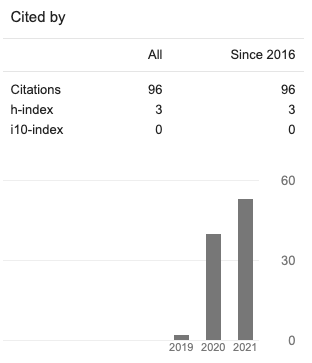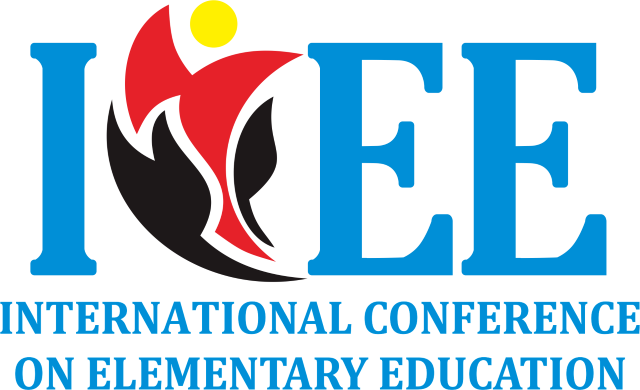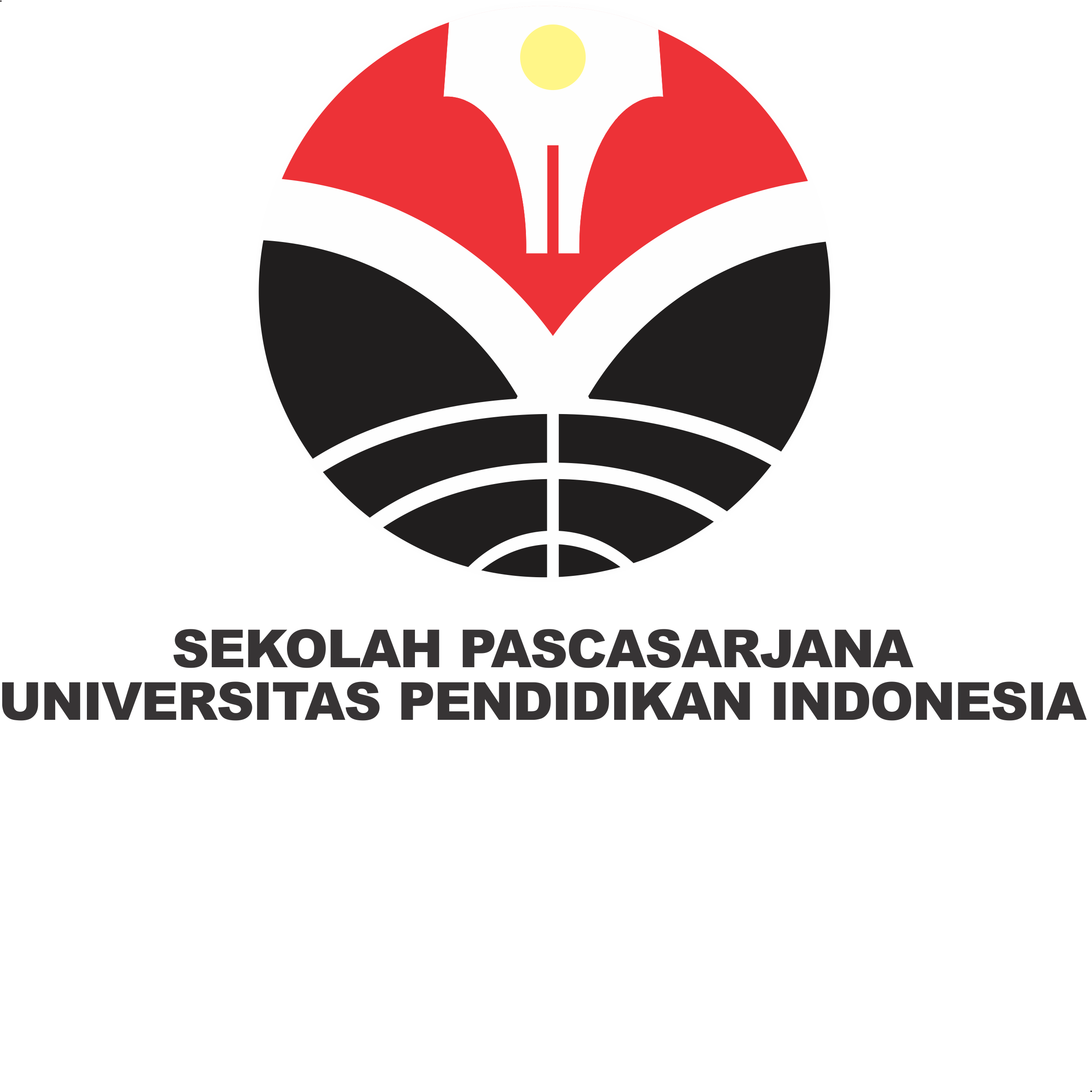The Influence of GIS Learning Material on Spatial Thinking of Students in SMA/MAN Banda Aceh
Abstract
Geographical Information System (GIS) is an application developed to solve problems related to the surface of the earth. However, in its development GIS is very reliable in helping learning activities related to spatial aspects. Geography is a subject that focuses on developing spatial thinking, so GIS becomes a very reliable support system. The use of GIS in developing spatial thinking has been tested for its reliability in a number of studies that show the positive contribution of GIS in developing spatial thinking skills. Spatial understanding is understanding that finds meaning in a form, size, orientation, location, direction, object, and phenomena in space. Spatial thinking uses spatial properties as a vehicle/tool to structure problems, to find answers, and to express solutions. This writing aims to determine the effect of GIS learning material on students' spatial thinking in SMA/MAN. This research method uses a purposive random sampling technique considering the relatively homogeneous population, obtained research samples numbering 139 students. From the results of research on the effect of GIS learning materials on students 'spatial understanding in SMA/MAN, it shows that the cognitive, affective, and psychomotor domains both have a significant role in students' spatial understanding. The cognitive domain is the most influential on students' spatial understanding















